2022 Environmental Studies Capstones
Professors Rose McKenney (Geosciences and Environmental Studies) and Adela Ramos (English) had the honor of working with this year’s class of Environmental Studies students as they completed their interdisciplinary and culminating projects for their major. This capstone cohort tackled a wide range of current environmental issues and employed the methods and tools of multiple disciplines including biology, chemistry, cultural studies, dentistry, geosciences, education, environmental justice, Hispanic Studies, history, Native American Indigenous Studies, philosophy, political science, and religion. Congratulations to the Environmental Studies Class of 2022!
Capstones are May 24, 2022 from 2-6pm in Morken 103.
2:00pm, Shifting Narratives: A Brief History of the United States Environmental Ethics at both the National and Local Scale
Aaron Pantoja
The relationship Americans have had towards the environment is characterized by a dualism: we as humans are separate from the natural world. This dualistic way of thinking was dominant from the time of the Industrial Revolution to the middle of the 20th century. However, there has been a noticeable shift away from this dualism to a more holistic view, meaning that we no longer view the environment as something separate from us. I argue that it is because of a change in our ethical ways of thinking about the environment since ethics shape our actions in the sense that they give us reasons and justifications for why we do what we do. Ethical views started out as human-centered which focused only on the needs of humans alone. Over time, this gradually changed to thinking about the needs of non-human living beings.
Thank you to my Capstone Professors, Dr. Adela Ramos and Dr. Rose McKenney, and thank you to my mentors, Professor Sergia Hay and Professor Suzanne Crawford-O’Brien. Lastly, thank you and congratulations to my fellow classmates.

2:20pm, Tacoma LNG impacts on Chinook Salmon and the Puyallup Tribe
Caitlin Ferguson
In 2014, Puget Sound Energy proposed a plan to construct a Liquefied Natural Gas Facility on the Tacoma Tide Flats. This facility will be responsible for the regasification, storage, and transportation of LNG. LNG is a fossil fuel that is favorable to coal or oil due to the fact that it releases less carbon into the atmosphere. Since the proposal in 2014, there has been much debate about the potential environmental impacts of LNG and there has been a strong opposition to the construction of the facility from the Puyallup Tribe. Through the use of Ecology and Indigenous Studies, I explore the potential impacts of this facility on climate change, how climate change will subsequently affect the local salmon populations, and how the Puyallup Tribe will be impacted as a result.
I would like to thank my capstone professors Adela Ramos and Dr. Rose McKenney, as well as my mentor, Professor Suzanne Crawford-O’Brien, for all of their support and guidance in the development of this project. I would also like to thank all of my friends and family that have assisted and supported me through my years here at PLU.

2:40pm
Emily Toycen

3:00pm, Consequences of Climate Change on Salmon and Their Relationship to Alaska Natives
Luis Reyes
Climate change and its effects have been presenting devastating outcomes to our natural world and the organisms that reside on it. One species that is dealing with this hardship is salmon, specifically those that reside in the Yukon River located in Alaska. These salmon are having to deal with increased air and water temperatures that create unfit water conditions. This results in a decline in population density for the Chinook, Chum, and Coho salmon, which are native to this river. A loss of salmon can provide numerous negative effects for Alaska Native communities. A One Health approach needs to be integrated into people’s daily lives to show the association the land, animals, and humans have on one another to promote the best plausible form of action when constructing a biome that can flourish and prosper together.
I’d like to thank my capstone professors, Dr. Adela Ramos and Dr. Rose McKenney for their guidance and also my mentors Dr. Michael Behrens and Dr. Troy Storfjell for their wisdom.
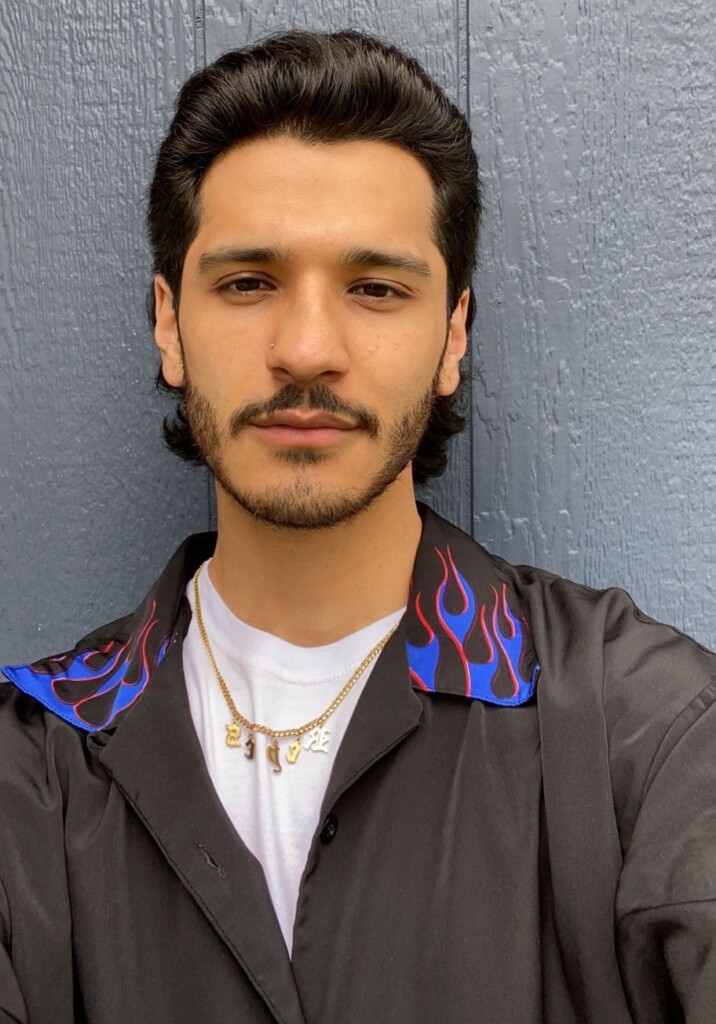
3:25pm, Into the Outdoors: Educational and Developmental Benefits of Outdoor Classrooms
Juliana Rendler
Pairing the disciplines of developmental psychology and education to analyze the potential benefits of outdoor educational experiences and outdoor classrooms create a clear pathway for future integration of outdoor education into established classrooms. Narrowing in to focus on ages 4-11 in elementary school and in the preoperational developmental stage, foundational information is provided concerning Piagetian developmental stages and how to adjust curriculum-based instruction to best meet the needs of that age group. An explanation of state-mandated education standards provides the baseline for lesson planning and suggestions that demonstrate possible ways for teachers to integrate outdoor education value into their lessons and classrooms.
I would like to thank all of my capstone professors and mentors: Dr. Ramos and Dr. McKenney for their tireless organization and work, and Dr. Kim and Dr. Schneidman for sharing their expertise in their fields. My faculty mentors embody the PLU mission of thoughtful inquiry, service, and care. Additionally, to my family and friends that helped and encouraged me, I could not have done this without you.
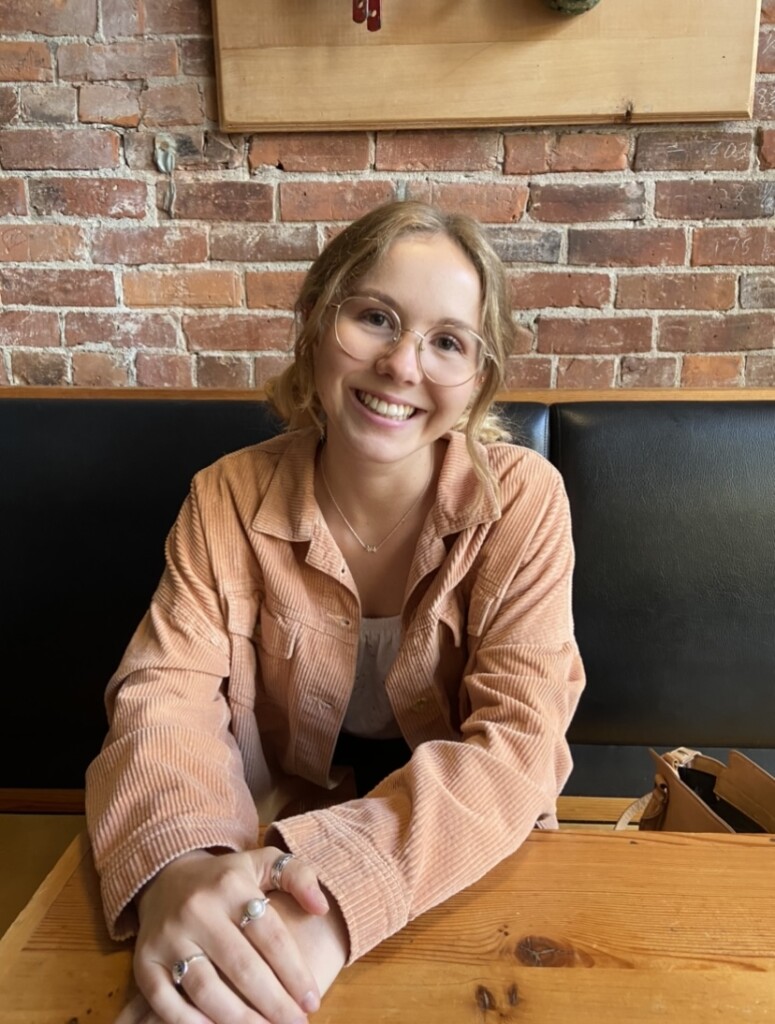
3:45pm, Impacts of Water Quality and Public Policy on Dental Caries
Shalom Wundimu
Dental caries (cavities) is a multifactorial infectious oral disease that is both nationally and globally recognized as a public health issue. Although the presence of fluoride (F-) is part of the natural human growth and development process, over time the naturally occurring compounds present in the oral cavity begin to weaken. Despite the various forms of F- consumption available for daily use, focusing on readily available caries-reducing methods for large populations is both essential and vital, an example being community water fluoridation. This capstone project seeks to examine the extent to which oral health disparities relate to dental caries. In particular, the impact of public policy on water quality in municipal water supply systems and wells in the United States. Given the socio-economic and environmental factors associated with dental caries, the implementation of public policy is paramount to creating sustained change through water quality management. Through a multi-layered approach, chemistry will be used to understand how F- ion assists in the remineralization of the teeth’s enamel and in turn its benefits in reducing dental caries. Additionally, through the discipline of policy the role of jurisdictional patchiness and lack of regulation governing private wells will be evaluated through examining the domino effect various communities, often those underprivileged and underserved, face.
I want to truly thank Dr. McKenney and Dr. Ramos for continuously supporting me in incorporating my various interests into this capstone project. Additionally, I would like to thank Dr. Naasz and Dr. Artime for helping me navigate the different elements and tools necessary to formulate this project. From my friends to mentors, it was through their support and mentorship I was able to best learn how integral the environment is in this capstone project and beyond.
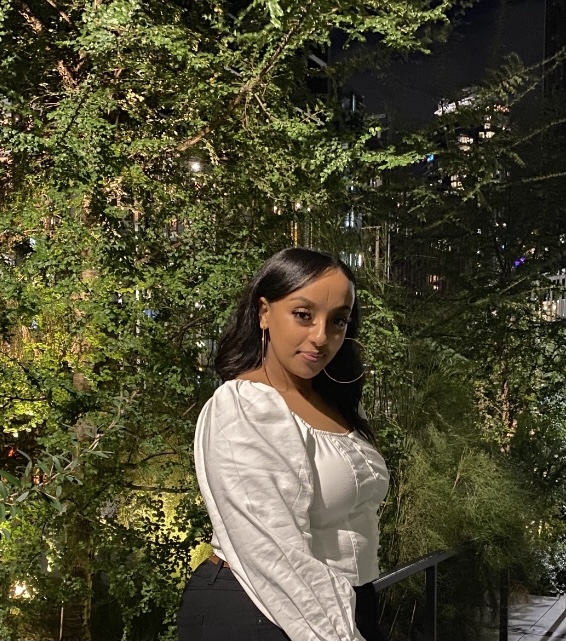
4:00pm, Christian Views on Nature Influencing National Park Systems for Increased Geological Conservation
Grace Godwin
Using Christian views about nature in application with national park systems will be effective in transforming the current treatment of geological factors as these values will shift the mindset of human over usage and a lack of human consideration into a more beneficial natural connection of humans and the environment. This is done through analyzing the values within Christianity that create the idea of nature. These values include sacred spaces in nature, the community connection with the environment, scripture examples in the bible, and the impact national parks can have on Christian individuals. These values can then be applied to the geology of the Grand Canyon national park through analyzing the park’s important geological factors and the current impacts of the park due to human usage. Using the nature values from Christianity can then develop a mindset for all people despite religious affiliation that results in better geological conservation through less human usage and an increase in human consideration. This then in turn will lead to a deeper connection between humans and the environment.
I would like to thank my capstone professors Rose Mckenney and Adela Ramos that helped guide and support me through my development of this project. In addition, I would also like to thank my mentors Kevin O’Brien and Alex Lechler who eagerly helped me through this process.

4:25pm, Maybe Environmentalism Isn’t Rocket Science: How Climate Change Allegories Can Reach Christian Climate Skeptics
Ryan Shane
Environmentalism and climate action have met stiff resistance from a number of communities. One such community is that of conservative Christians, especially in the United States. Because Christians compose a vast majority policy makers in the United States (usually around 90% of Congress), they are necessarily a valuable audience for environmentalists. One promising, widespread way in which we can try to reach Christian audiences and equip people with the tools to discuss environmental issues with them is via allegories in film. Using the principles of physics and Christian ethics both as components and as interpretive lenses of climate change allegories, people can craft more effective arguments to convince Christian audiences to act against climate change.
Thank you to my capstone mentors, Drs. Underwood and O’Brien for pushing me as a student, writer, and as a person. Thank you to Drs. Ramos and McKenney for helping me throughout this entire process and for being gracious and accommodating as I missed classes for choir. Thank you to my family for your unconditional love and support. Finally, thank you to Nick Etzell for pushing me beyond my comfort zone, offering advice and critiques, and for your encouragement.
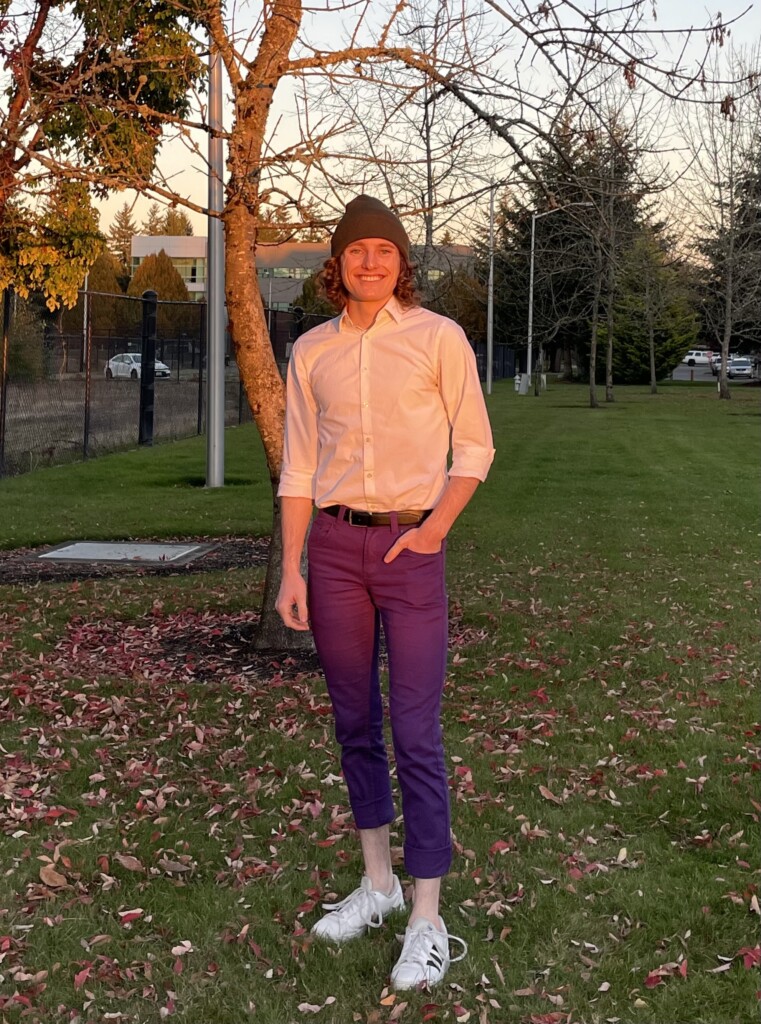
4:55pm, A Philosophical Analysis of American Bullfrog Mitigation Strategies
Helena Waterton
The American bullfrog has been in Washington State for almost a century and its ecological role in the state’s aquatic and terrestrial ecosystems has shifted during the time since their introduction. Originally heavily relied upon as a food source, the bullfrog is now dubbed an “invasive” species by the Washington Department of Fish and Wildlife as a result of its overconsumption of other, native species. Mitigation efforts are currently underway to try and quell the spread and ecological damage of the bullfrogs, with little to no ethical consideration given to them. The bullfrog is a complicated issue that requires an interdisciplinary approach to get a complete understanding of the problem because of the negative assumptions that come with the bullfrog’s “invasive” label. Within this paper, three philosophical lenses (anthropocentrism, biocentrism, and ecocentrism) will be applied to three mitigation strategies (pond draining, hunting/trapping, and caffeine spraying) to determine which, if any, can be ethically implemented.
I would like to thank everyone who supported me throughout this process including my mentors: Dr. Sergia Hay and Dr. Evan Eskew, and my capstone professors: Dr. Rose Mckenney and Dr. Adela Rose, for all the advice and help they’ve given. I would also like to say how grateful I am for all the support and encouragement I got from friends and family, I couldn’t have done it without you all. Last but not least, I want to thank and congratulate all my fellow capstone students. We did it!
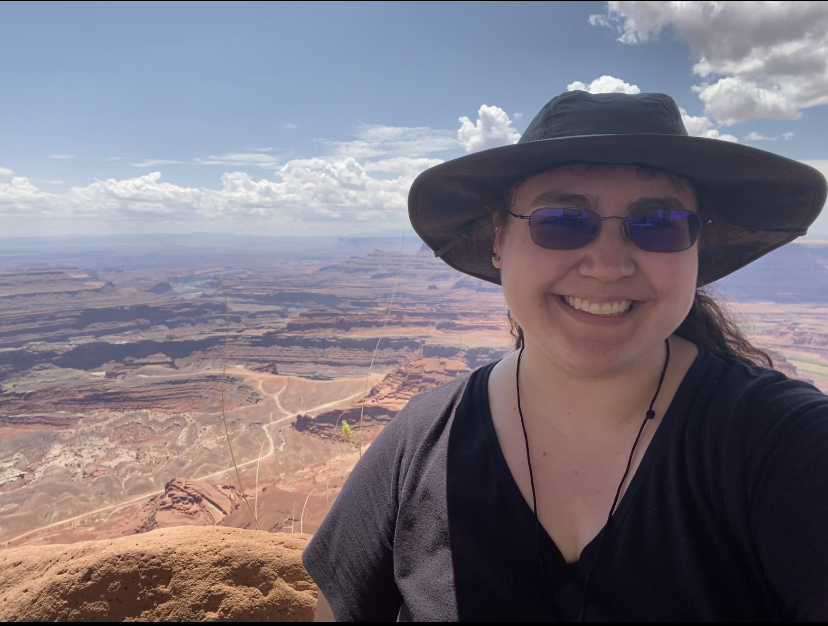
5:15pm, The Ethics of Antibiotic Use in Cattle
Jayna Ott
Concentrated Animal Feeding Operations account for over 75% of the United States’ antibiotics use. Cows raised in CAFOs are given so many antibiotics because of the cruel and unhealthy living conditions. The overuse and misuse of antibiotics in the meat industry has led to an increasing number of antibiotic-resistant bacteria which negatively impacts the usefulness of life-saving antibiotics. I use an ethical framework, utilitarianism, to explore whether this method of using antibiotics makes for the best life for all involved parties. A philosophical exploration of ethics, coupled with chemical studies of the spread of antibiotics through the air and water, supported my claim that we need to change the way CAFOs use antibiotics.
I am very thankful for the consistent support and advice from our capstone professors Adela Ramos and Dr. Rose McKenney. My mentors for this project, Dr. Sergia Hay in Philosophy and Dr. Brian Naasz in Chemistry, have made this project possible through their knowledge and willingness to teach.
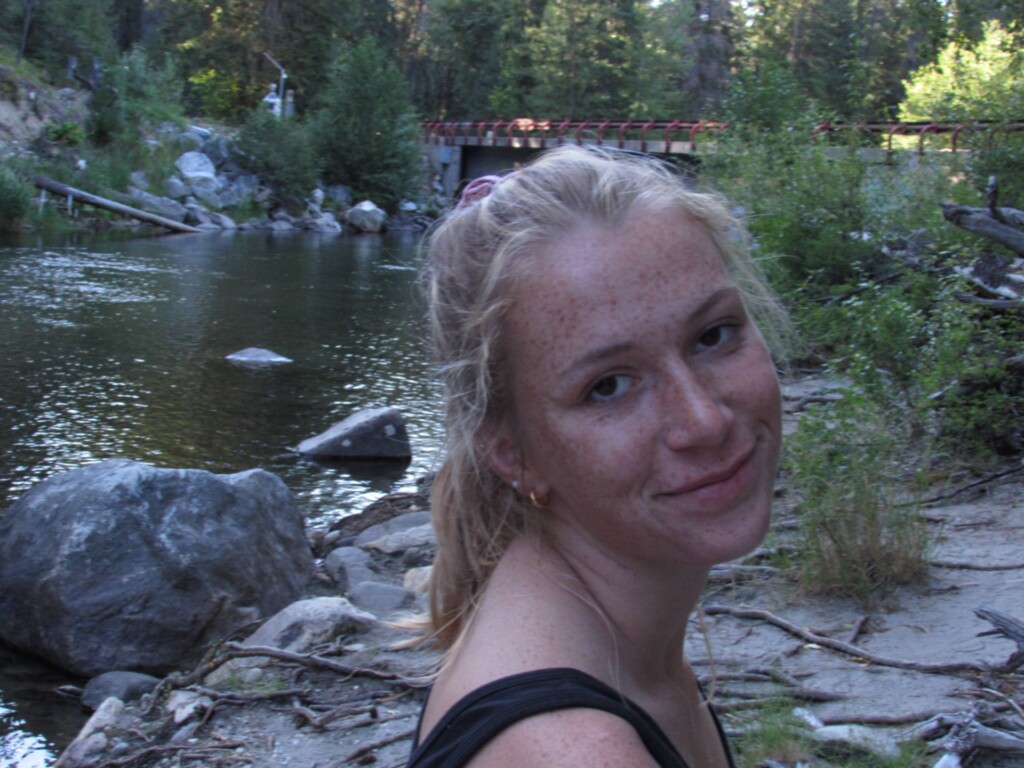
5:35pm, The Disproportionate Distribution of Environmental ‘Bads’ and Environmental ‘Goods’: A Case Study of Two Richmond Neighborhoods
Sophia McDonald
The burden of environmental risks is not shared evenly. Exposure to environmental hazards disproportionately impacts low-income communities and communities of color compared to wealthier white neighborhoods. Producers of pollutants, which include industry and roadways, are continuously being placed in low-income communities and communities of color. The spatial distribution of these neighborhoods is shaped by policy via land-use regulations. To explore the relationship between the distribution of environmental ‘bads’ and environmental ‘goods’, I conducted a case study in Richmond, California, which is where I grew up. I compared two different neighborhoods: The Iron Triangle and Marina Bay. These two neighborhoods have differing demographics and income levels. Utilizing the disciplines of Physical Geography/Human Geomorphology and Public Policy, I was able to observe the unequal proximities of environmental bads and environmental goods to the two neighborhoods. The analysis and research done revealed the history of policy that created the spatial distribution of Richmond, California that we see today.
I would like to thank my capstone professors, Dr. Adela Ramos and Dr. Rose McKenney, as well as my mentor, Dr. Jennifer Smith, for all of their support and guidance in the development of my capstone project. I would also like to thank my friends and family for all of their endless advice and encouragement throughout this whole process. I also want to congratulate my fellow capstone students! This is a huge achievement and we should all be extremely proud of what we have accomplished. Finally, thank you to my mom, Dana McDonald, for always being there and supporting me always!
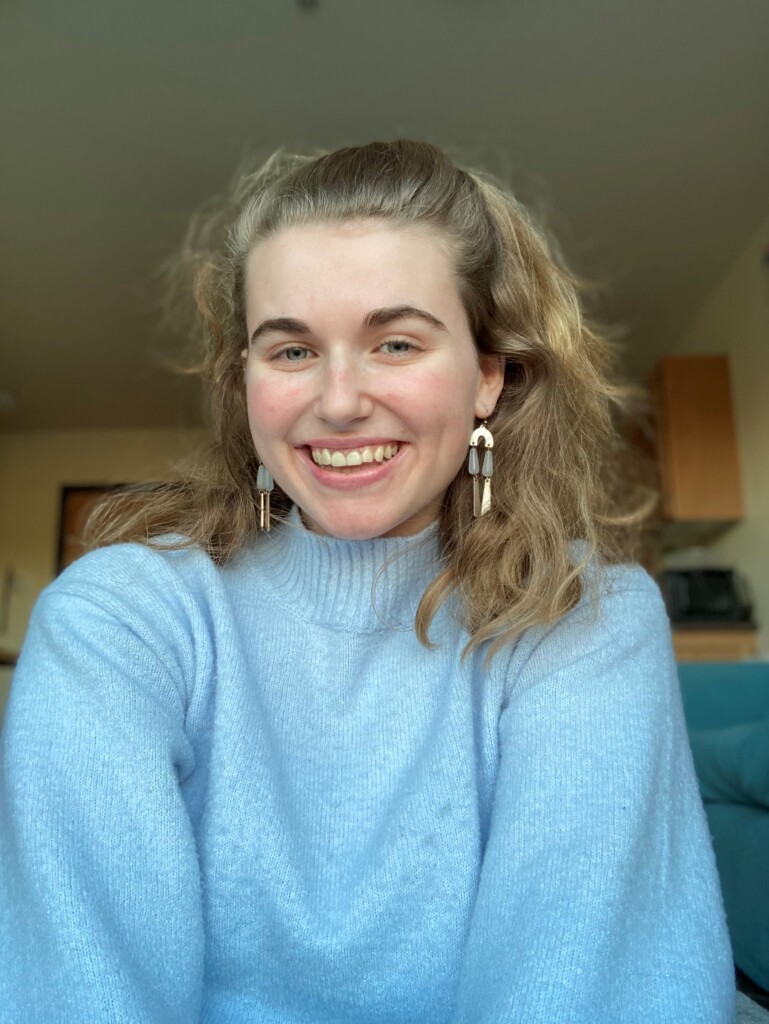
The Biological Effects of Particulate Exposure on People of Color in Los Angeles
Cooper Claxton
Over the past 60 years, people of color in Los Angeles have been disproportionately affected by particulate pollution exposure. Clinical studies on health issues associated with particulate exposure demonstrate the extreme danger of particulate pollution, while demographic data indicates that people of color are exposed to this danger the most. Issues that cannot be physically observed, such as environmental racism, tend to go unnoticed by the general population. I intend to expose the deeply-rooted issue of this environmental racism, and create broader awareness of the daily issues that people of color face in their environment.
I would like to thank Professor Ramos for the advice and support she has given me not only for my capstone, but for my seemingly endless registration debacles. She has always done everything in her power to help me as much as she can, and I’m extremely lucky to have had her as both a teacher, and an advisor. I would also like to thank Professor McKenney for her kindness and very helpful feedback. Her advice allowed me to produce a much better capstone than what I would have produced on my own.
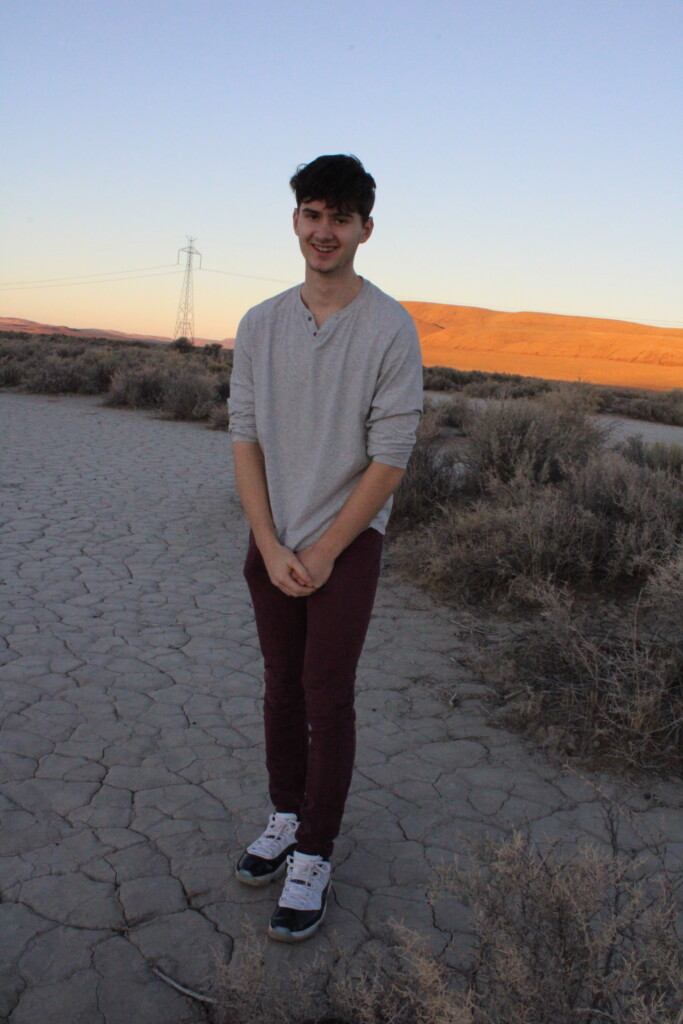
Why Mars? What Science and Culture See in Our Planetary Neighbor
Allison Sheflo
Humanity has long been interested in Mars, as the closest planet to Earth. Mars has been a focus of scientific interest, but also of cultural interest. Scientific studies, both on the planet itself and using Earth analogs, have recently been focused on the ways that what we learn about Mars can be applied back to Earth and on getting people to the planet’s surface as part of a research team. Cultural interest has been focused on some of the same concepts, but through different lenses. Hope that Mars can help as Earth’s climate crisis accelerates is found widely, both in the hope that the research done on Mars’ climate may help and in the concept of a “Planet B”, where humans could relocate to Mars. Even though these don’t fully line up with current science, they persist in culture, driven by escapism and romanticization of Mars–the thought of “what if I were there” becoming a huge draw for individuals.
Thank you to Dr. Rose McKenney and Dr. Adela Ramos for your tireless support and guidance through this capstone process. Thank you also to my mentors, Dr. Alex Lechler and Dr. Scott Rogers, for being so supportive of my project. Thanks always to my peers, friends, and family for their support and encouragement!
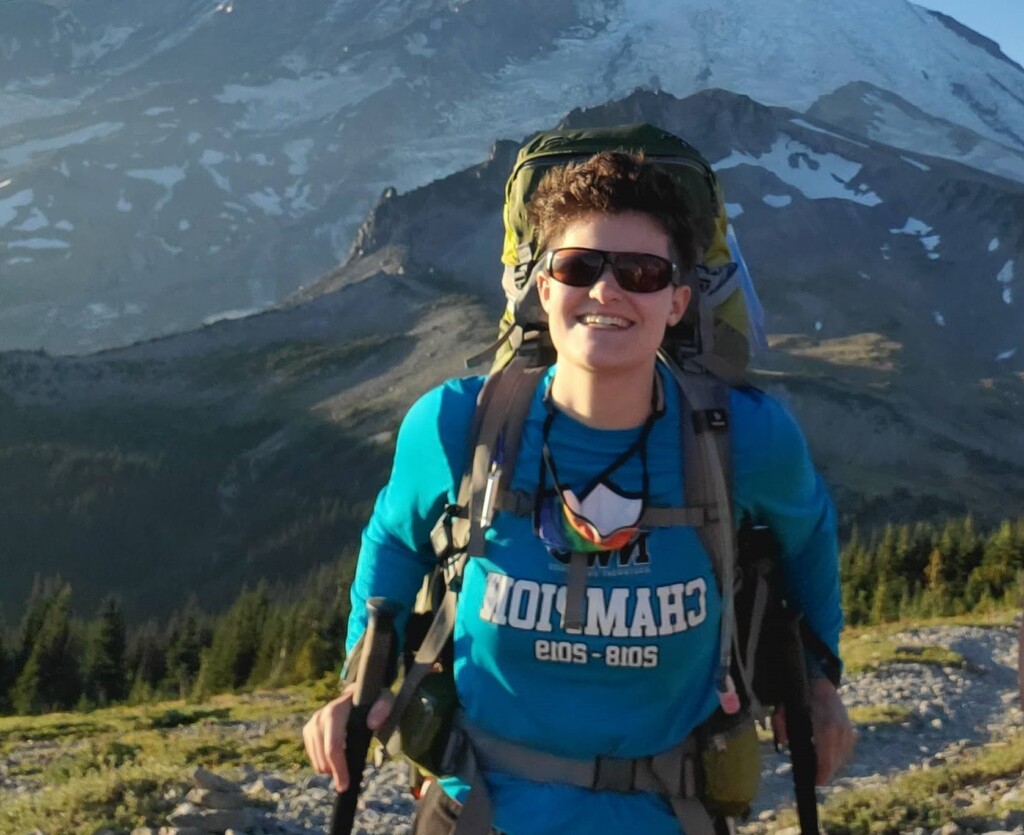
Mary Lynn McLeod




Social Media